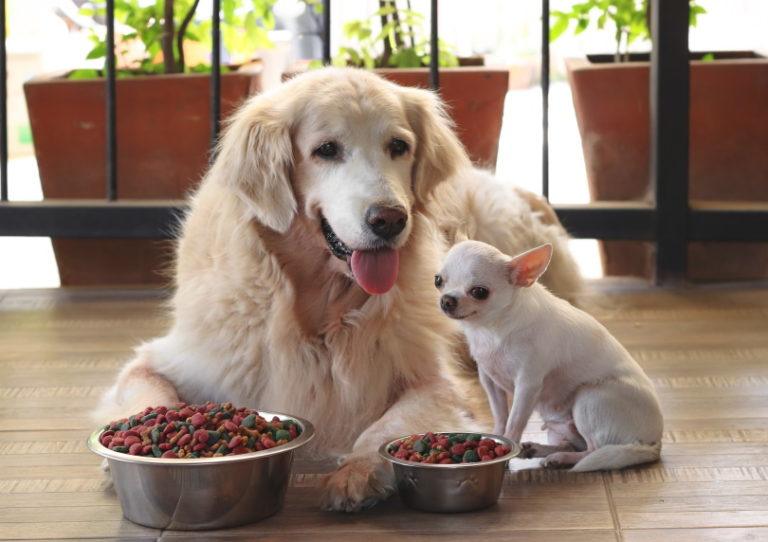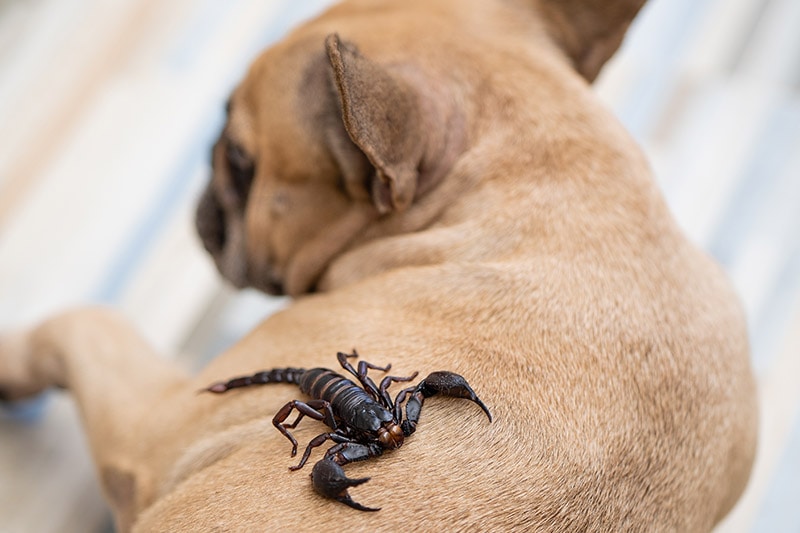Can Dogs Eat Frozen Yogurt? Vet Approved Facts & Safety Guide
By Hanh Duong
Updated on

Click to Skip Ahead
Can canines consume frozen yogurt? Is frozen yogurt okay for dogs since it is okay for humans to have it?
The short answer to the question of whether dogs can eat frozen yogurt is “it depends,” but the general view is that your furry friend can occasionally indulge in a tiny bit of plain frozen yogurt as a treat. However, if you are unsure whether they are lactose intolerant, keep an eye out for signs such as stomach discomfort, gassiness, and diarrhea. Furthermore, some flavors, such as the chocolate version, are harmful.
When giving your dog any new foods, especially human food, speak to your vet. What you need to know about feeding frozen yogurt to your beloved pet is listed below.
What Does Frozen Yogurt Contain?
Yogurt and other dairy and non-dairy items are used to make frozen yogurt, often known as frogurt or Froyo. It is a frozen food item with cultured bacteria and the same simple components as ice cream. It also has dairy ingredients, milk fat, yogurt culture (frequently Streptococcus thermophilus and Lactobacillus bulgaricus), and sometimes natural or artificial coloring and flavors.

Is Frozen Yogurt Safe for Dogs?
It’s crucial to keep in mind that xylitol, an artificial sweetener, is commonly found in commercial frozen yogurts made without sugar. Even small amounts of this sweetener can be fatal to dogs. Purchasing a canine-friendly variety of frozen yogurt is important—you can buy frozen yogurt flavors just for dogs.
It’s important to note that dogs can be allergic to dairy, and lactose is one of the most common causes of food intolerance in dogs. This means that many dogs will have trouble digesting milk. While the cultures and fermentation process in yogurt will make it easier to digest, some dogs may still have a negative reaction. Of course, certain flavors such as chocolate or coffee-flavored frozen yogurts are potentially harmful to dogs. Plain or fruit-infused varieties are best.
Top 3 Frozen Dog Treats to Enjoy This Summer
There are numerous delicious frozen dog treats for the summer that are easy to make and enjoyed by our canines. All of these recipes use ingredients that are safe for dogs, but it’s better to keep your pet’s treat consumption to no more than 10% of their daily caloric intake.
1. Watermelon Mint Dog Popsicles
Three simple ingredients—plain yogurt, cantaloupe or seedless watermelon, and fresh mint—make up this cooling watermelon mint dog popsicle recipe. Pour the mixture into an ice cube tray on a baking pan or silicone treat mold after combining the ingredients in a food blender or processor until it’s smooth. They should harden in the freezer for at least 4 hours before serving.

2. Peanut Butter Blackberry Dog Popsicles
These peanut butter blackberry popsicles are an easy recipe with few ingredients that can please most dogs. The recipe simply calls for plain yogurt in one bowl and frozen bananas, peanut butter (natural and not containing xylitol), and pureed blackberries in another. When the mixture is ready, put them in paper cups or popsicle molds, add dog treats in the shape of bones as an edible popsicle ‘stick’, and freeze until solid.
3. Peanut Butter Banana Dog Ice Cream
The preparation time for this peanut butter banana dog ice cream is a little longer, but it’s worth it. Plain yogurt, sliced frozen bananas, and creamy peanut butter are combined to create a smooth combination. When finished, portion the ice cream mixture into scoops or ice cube trays and freeze until it hardens. Before serving, allow the ice cream to defrost slightly and add some extra bacon “sprinkles.”

Conclusion
Frozen yogurt is not the healthiest dog treat, as you can see, but it can be safe in small amounts. However, never offer your canine anything that contains artificial sweeteners like xylitol, or flavors such as coffee or chocolate.
Although making goodies at home is always preferable, you can get frozen treats from the shop. All health-related queries you may have for your dog should be directed to your veterinarian.
Related Reads:












